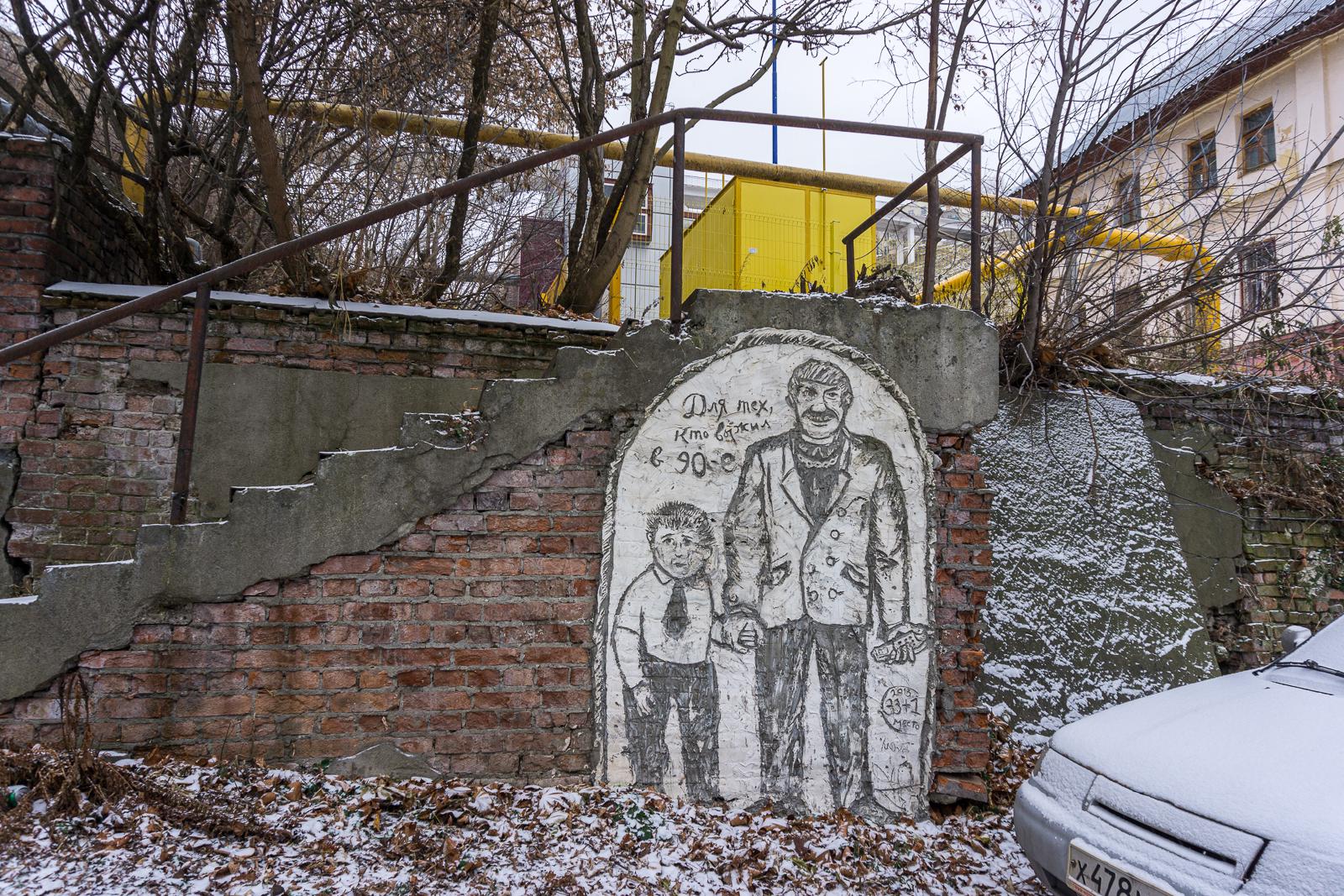Street-art in Nizhny Novgorod
“The street was completely different back then — crumbling like in the film Dead Man’s Bluff, every alley full of texture and romance, crumbling stucco everywhere. I wanted to create a project to lure people off the main street into these charming corners and reveal to them a different, decaying yet beautiful city. To tell the story of local culture and of people who, like those passersby, will never have statues in city squares. Ordinary people — yet beautiful, unique, and truly Nizhny.”
Pavel Shugurov, creator of the 'Inhabitants of Millionshka' series
Nizhny Novgorod is not just the capital of sunsets — it’s also a capital of street-art. At least here, street-art doesn’t need to be hunted down: all you have to do is veer slightly off the beaten path and the city reveals itself in a new light.
Since 2017, the Mesto (literally, “The Place”) street-art festival has been held here, bringing artists from across Russia to add color to the urban landscape.
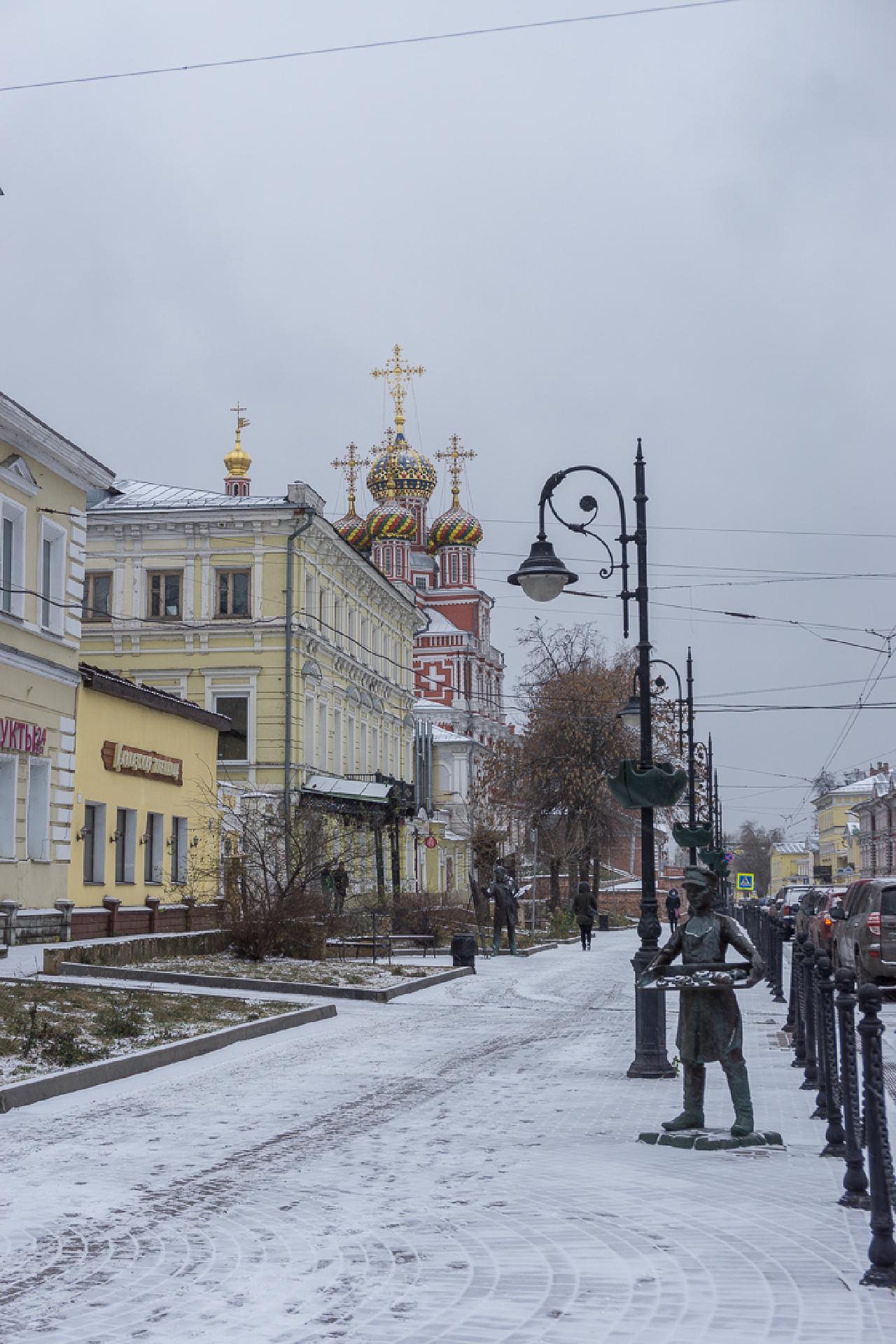
Nizhny’s Millionka
The Nizhny Millionka was described by Maxim Gorky in his play The Lower Depths. Today, there’s even a guided tour called “Tramp’s Millionka”, which runs from Unity Square to the former flophouse on Kozhevennaya Street — once one of the city’s poorest and roughest districts.
It would take days to see all the city’s street-art, so I suggest starting with Rozhdestvenskaya Street. In 2018, the art group 33+1 created a series of concrete bas-reliefs dedicated to the local Millionka (or Millionshka, as it’s also called).
If you’re a seasoned traveler, you might remember Millionka geocache in Vladivostok — and you’d be spot on! Not just in name, but also in vibe: the artists behind this series — 33+1 — are from Vladivostok, where they honed their style of bold concrete-based street-art.
I first came across this series two years ago, during a previous visit to Nizhny. Back then, the artworks were fresh from the summer festival and fully intact. Unfortunately, I lost my original notes and GPS coordinates. But now I’ve dug out those old photos, took some new ones, and spent half a day tracking them all down again — and finally pulled it all together!
Fyodor Litvich
Let’s start the tour at the archway of 10 Ilyinskaya Street.
Coordinates: N 56° 19.681′ E 43° 59.626′
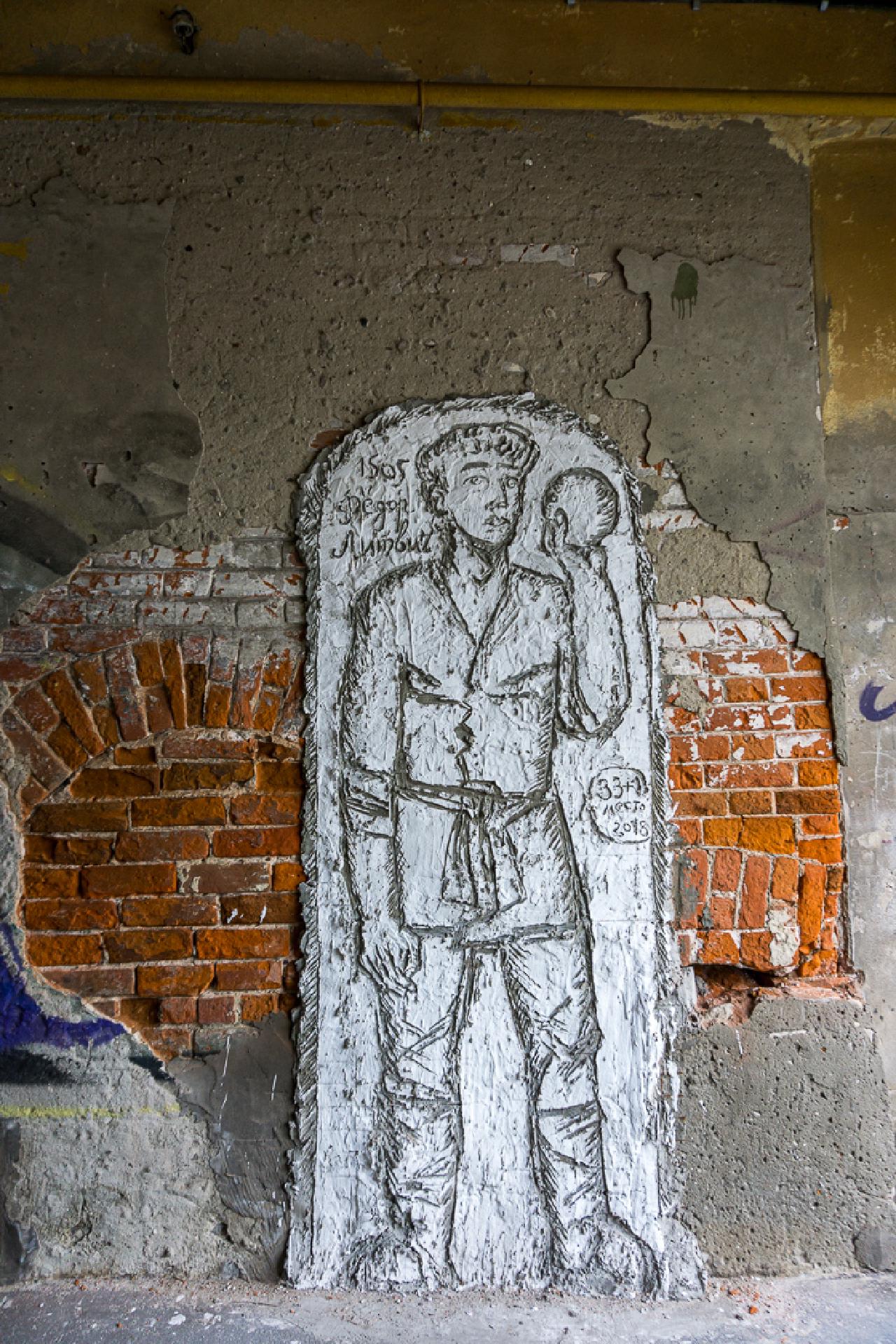
Fyodor Litvich was a Nizhny native and a skilled artilleryman, famed for killing a Tatar khan with a direct cannon shot during a 1505 invasion. He resembles a rough, peasant-like version of Michelangelo’s David.
“Fyodor Litvich was a prisoner, but when the city was under siege, even inmates were conscripted to defend it. That’s why I depicted him in such attire. The piece follows the style of folk woodcuts — with a bit of liberty — and I made him resemble David defeating Goliath with a slingshot.”
Pavel Shugurov
The Baron
The next character awaits in Vakhitova Lane, on the wall between buildings 7 and 9.
Coordinates: N 56° 19.729′ E 43° 59.557′
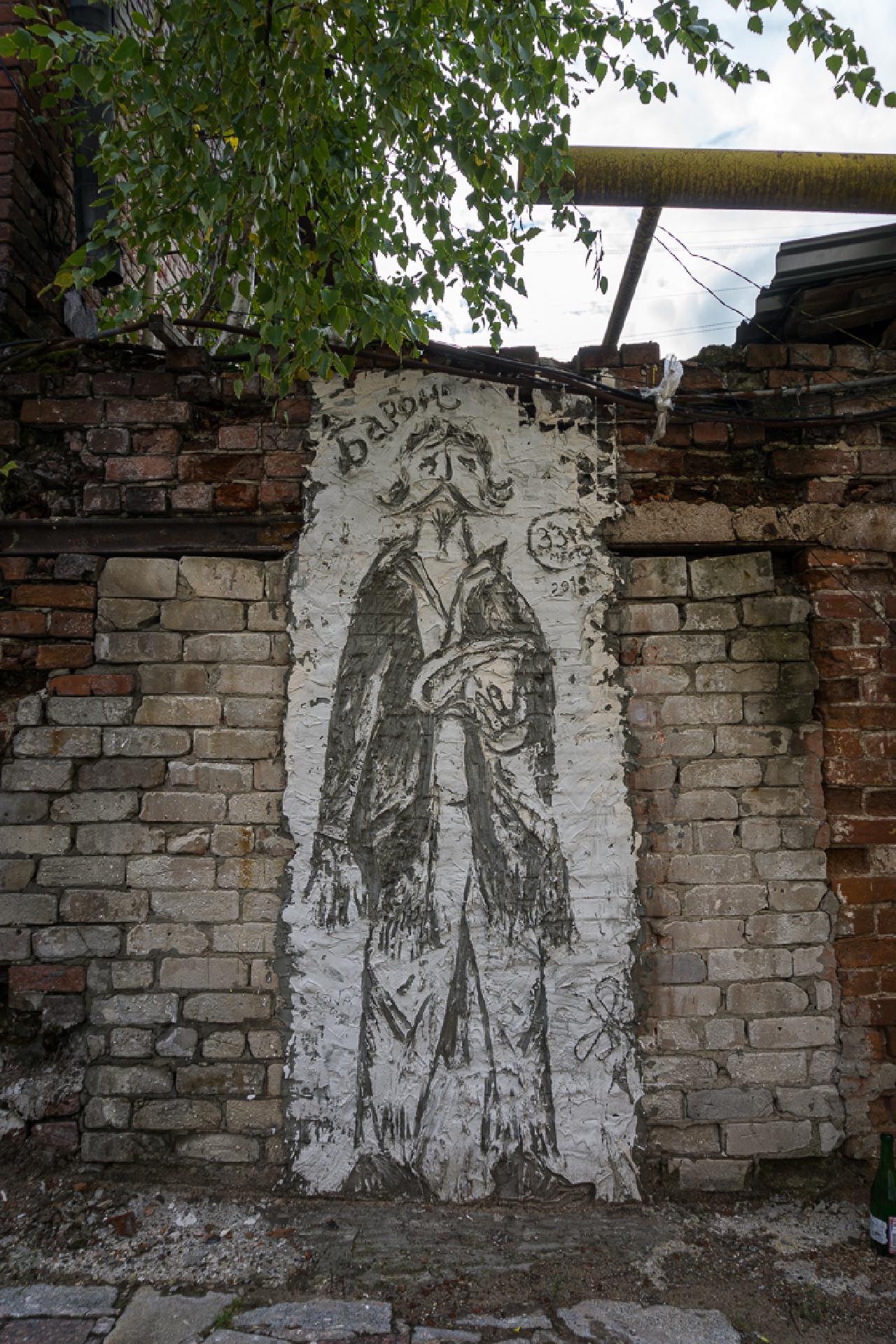
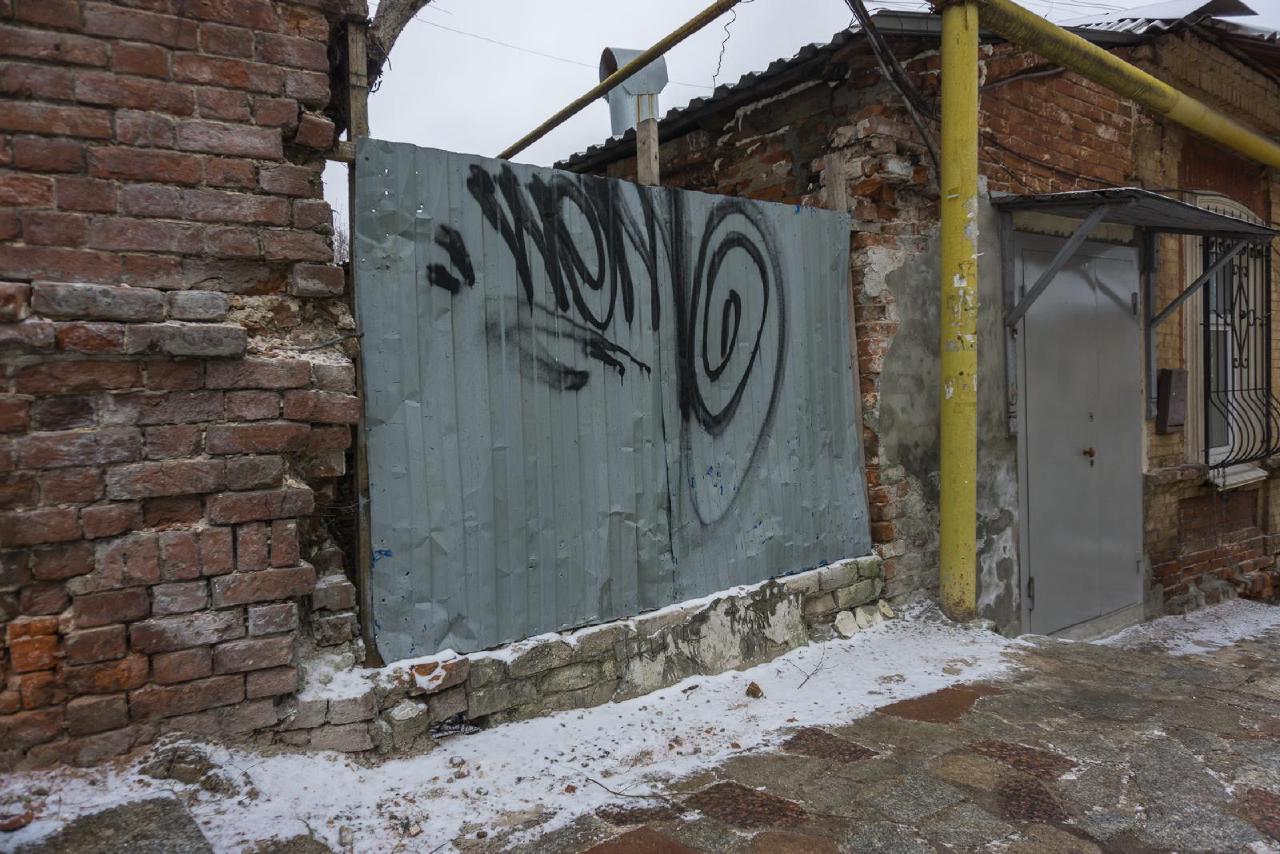
Update 2020: The wall has either collapsed or been demolished. All that remains of the Baron are faint traces of his boots.
The Baron is drawn in rags — a symbol of vagrancy and poverty. His arms hang limp, his face evokes a washed-up Münchhausen or a destitute Don Quixote.
“For Those Who Survived the ’90s”
Continue along Rozhdestvenskaya, past building 24, then climb up Pochtovy Descent to building 4.
Coordinates: N 56° 19.653′ E 43° 59.290′
Here you’ll find another concrete bas-relief titled “For Those Who Survived the ’90s,” inspired by the cult film Dead Man’s Bluff, which was filmed in Nizhny Novgorod.
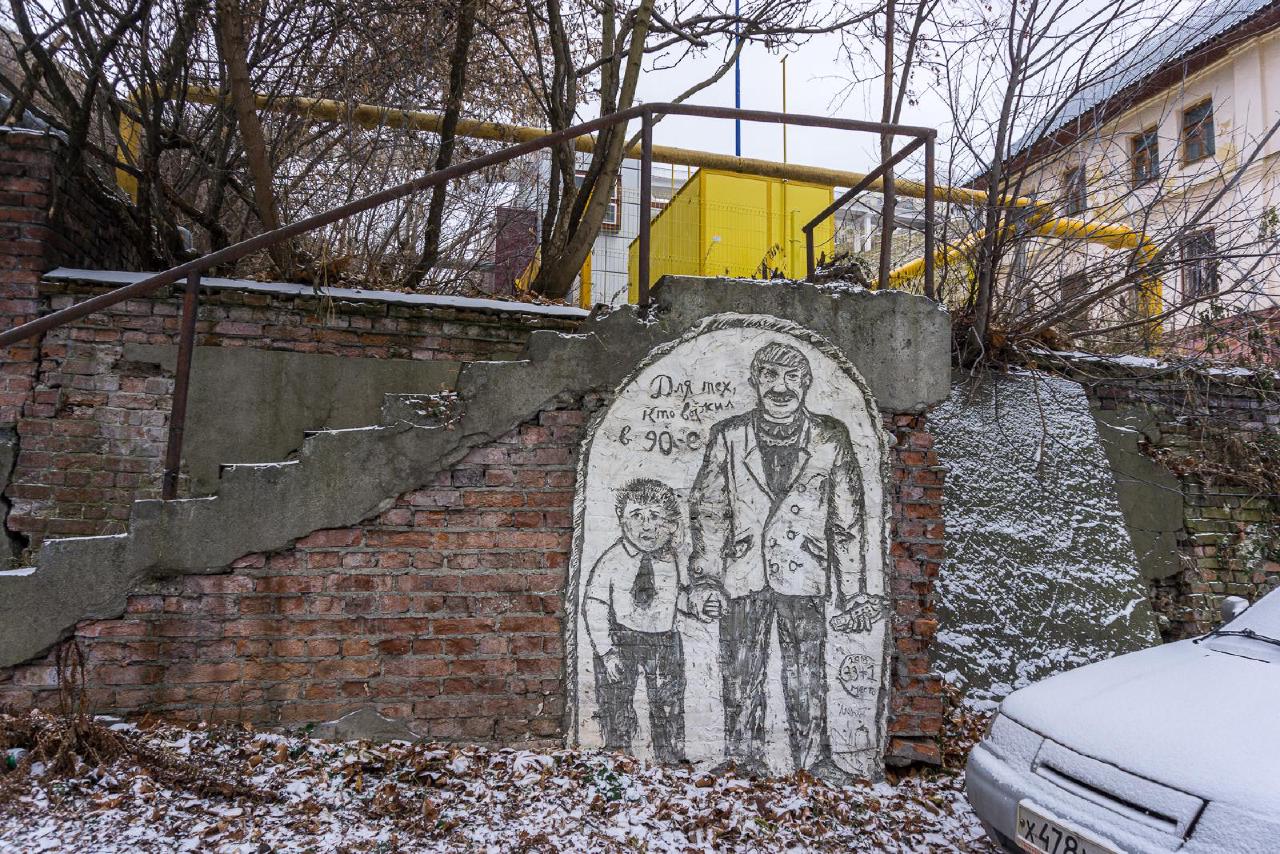
“Wear it to Your Health”
Now head toward the river. In the courtyard of the former Voskhod sewing factory (19 Nizhnevolzhskaya), you’ll find several intriguing artworks.
Coordinates: N 56° 19.672′ E 43° 59.045′
“In 1976, Voskhod was among the first factories granted permission to display the Quality Mark on their garments. The woman is holding a men’s coat — the kind that would be passed down through three generations. Her figure was inspired by Modigliani. I added the smile last — it’s the mouth, not the eyes, that defines expression. I hoped to capture how Soviet women always held on to one thing: hope for happiness.”
The heroine is a stylized, collective image of a factory worker. She’s neat, almost graphic — her face is sweet but sad, with Modigliani-esque eyes. As befits a simple Soviet woman.

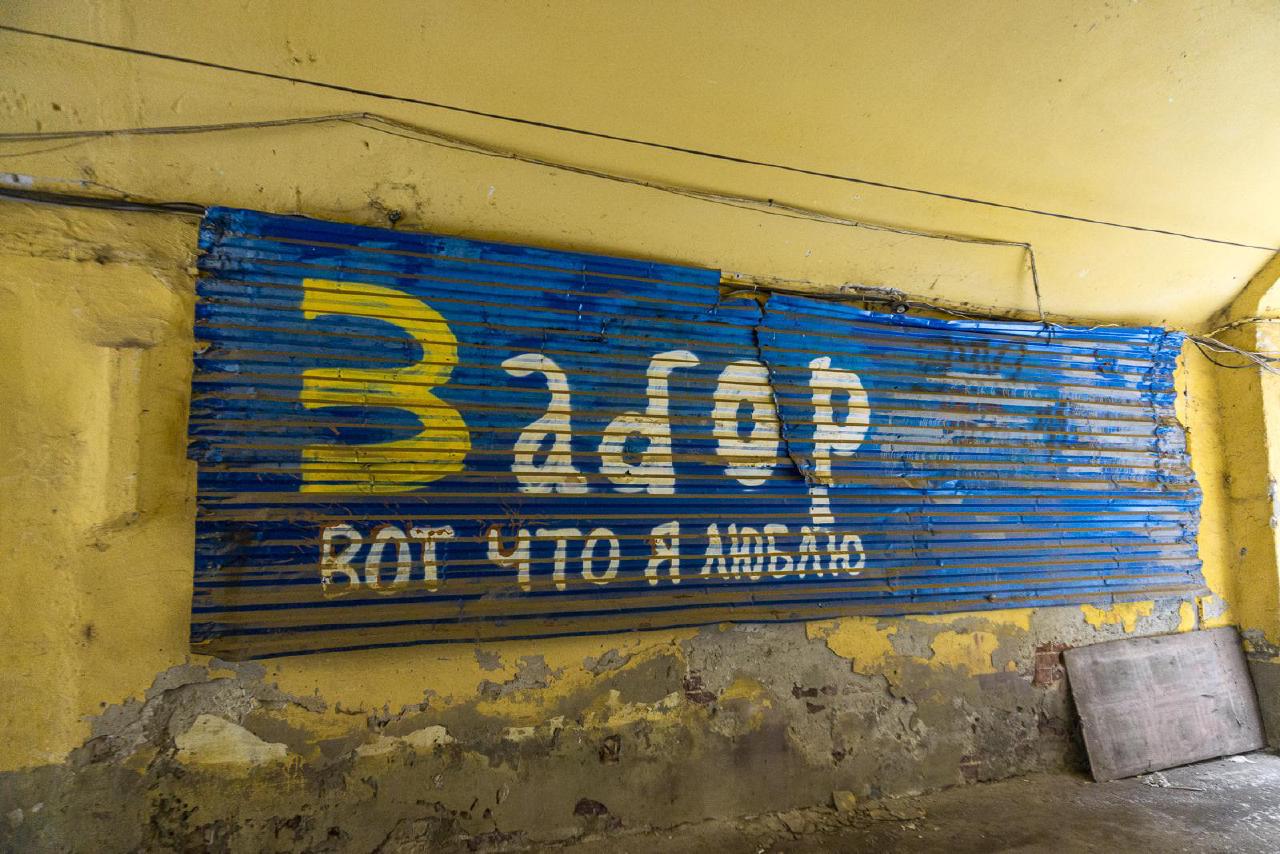
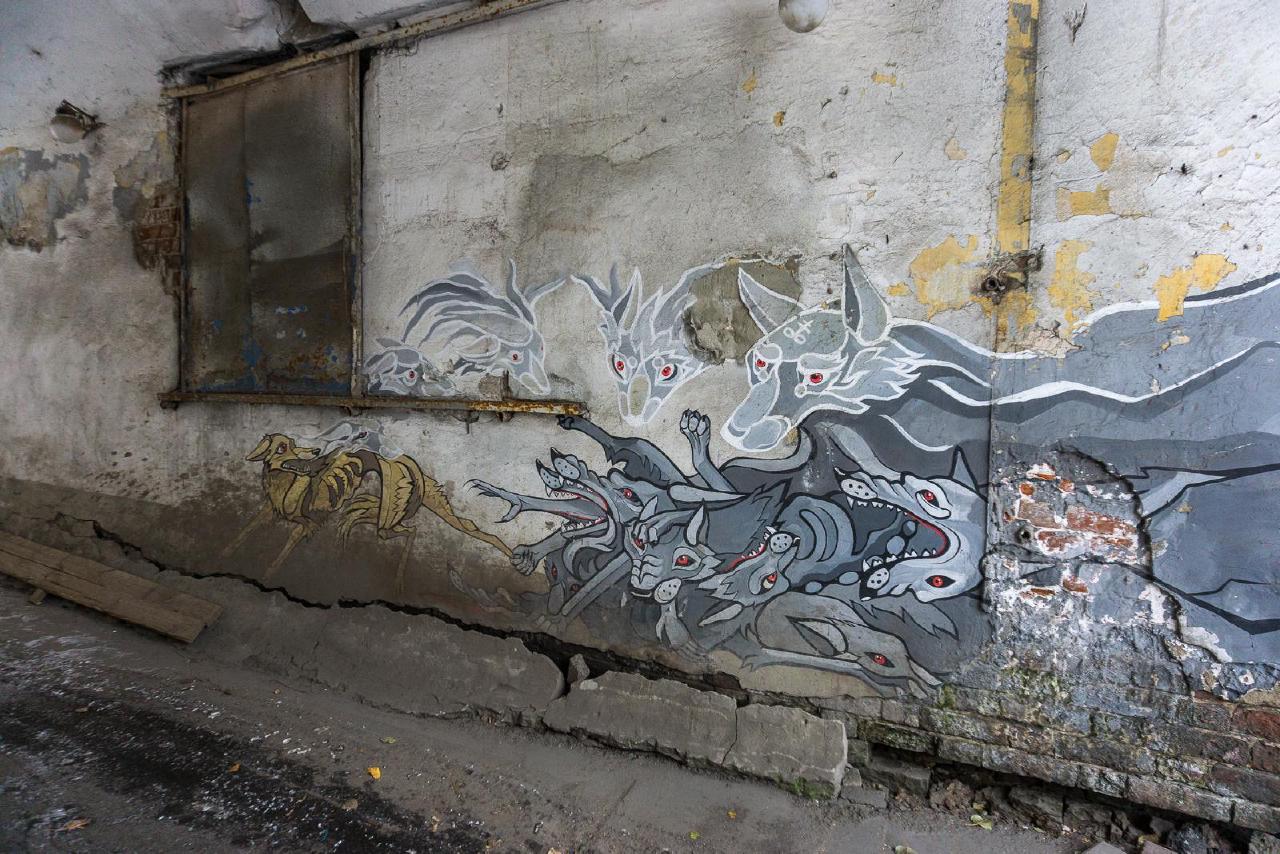
The Colonel
Back in the courtyards off Rozhdestvenskaya, the final piece can be found in an arch across from 42a, in the archway of building 40B.
Coordinates: N 56° 19.565′ E 43° 58.928′
This bas-relief honors Nizhny musician Alexey “The Colonel”.
The Colonel is steady and grounded, while splashes and cement streaks across the background represent the energy of his music.
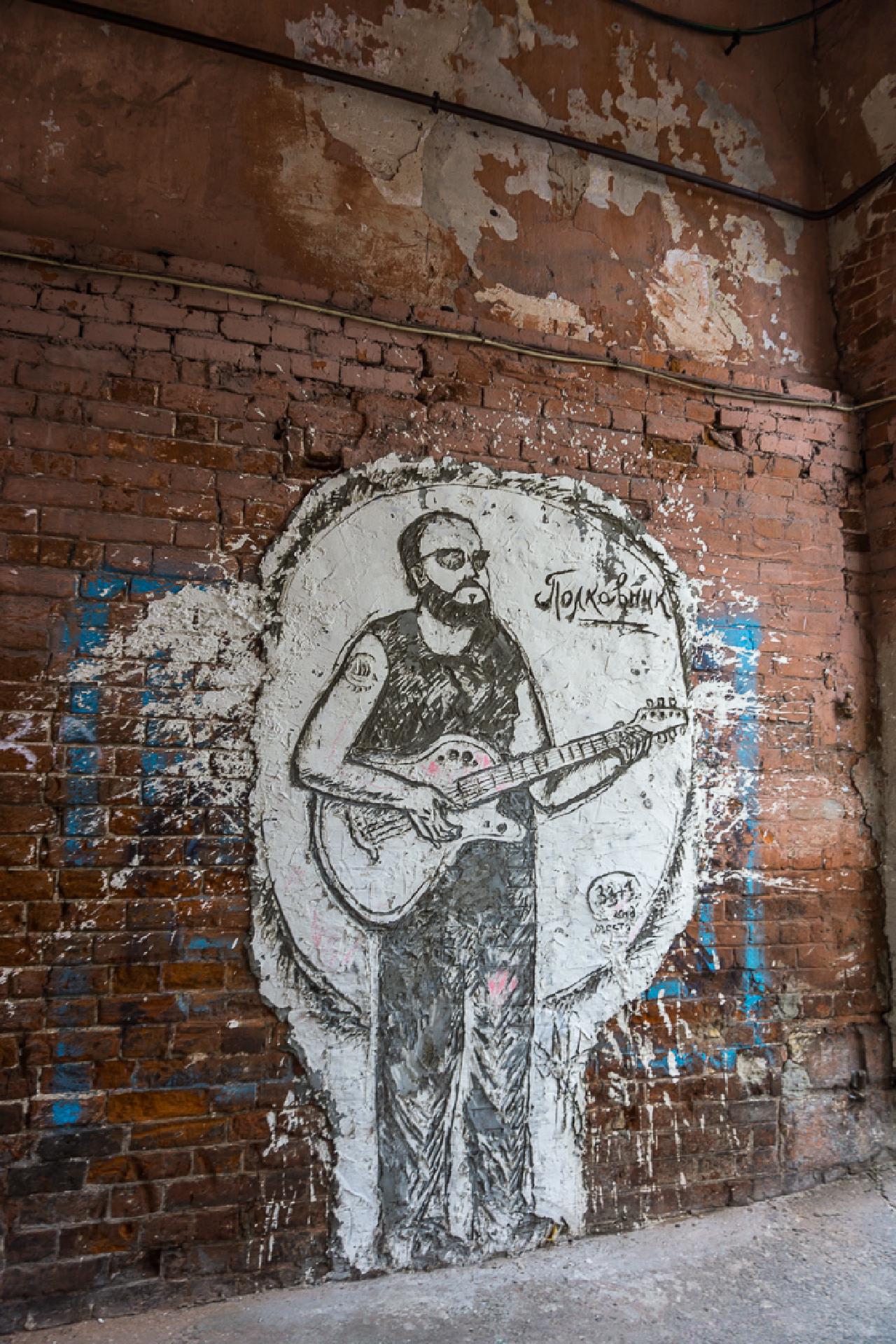
“He was a warm, generous person. We listened to several of his albums and tried to reflect his calm strength and charisma through the texture and the emotion in the piece. Few rock musicians manage to transcend time and generations — but the Colonel is one of those rare names that can. Through this piece, we hoped to preserve that legacy.”
Pyotr Rabotnik, 33+1
One unusual feature of this piece: the Colonel’s gaze seems to shift depending on the time of day and lighting.
The City Speaks
street-art is scattered throughout Nizhny Novgorod, and searching for it is half the fun. Beyond this series, you’ll spot works by famous local artist Nikita Nomerz, the AR group, and others — especially around Rozhdestvenskaya.
So I highly recommend you skip the smartphone and explore the courtyards and alleys with your head up. Here are just a few more works you might stumble upon:

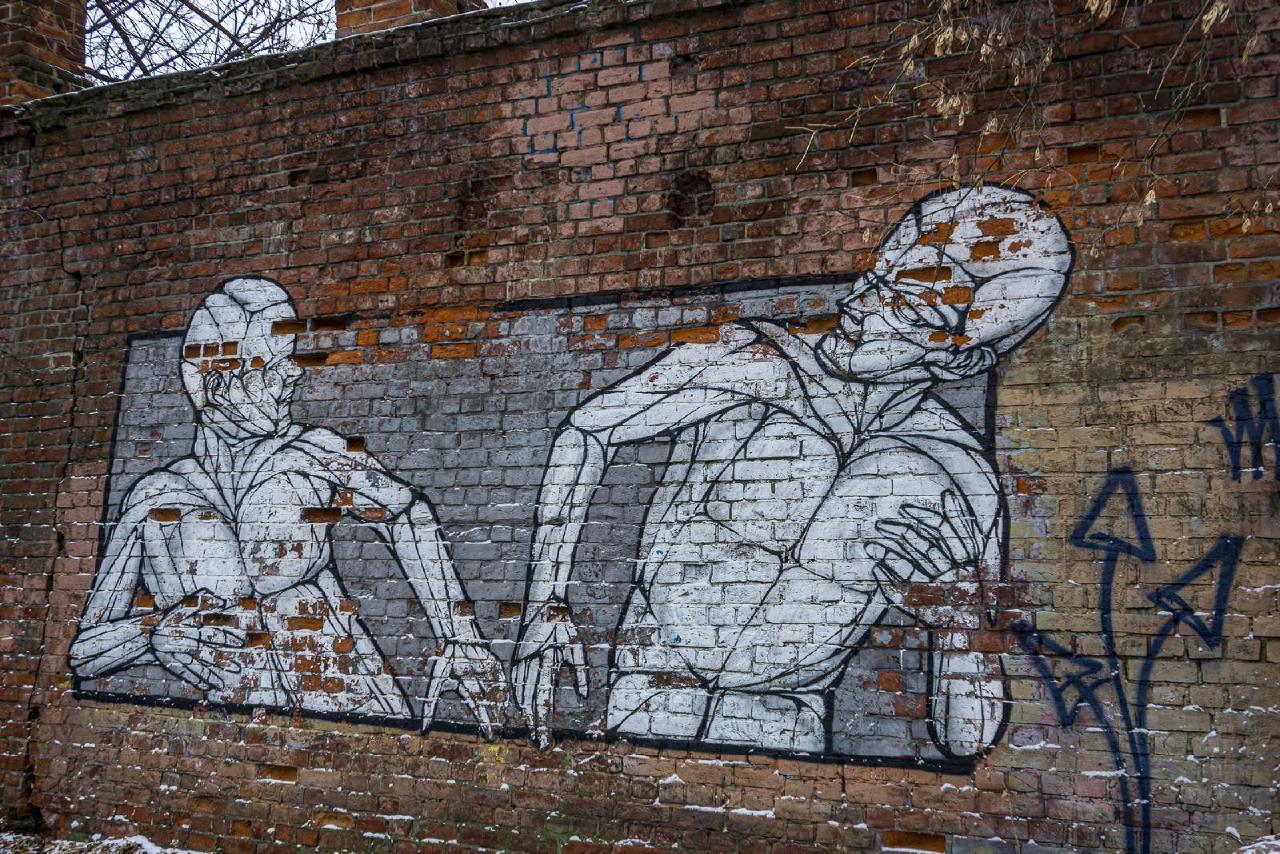
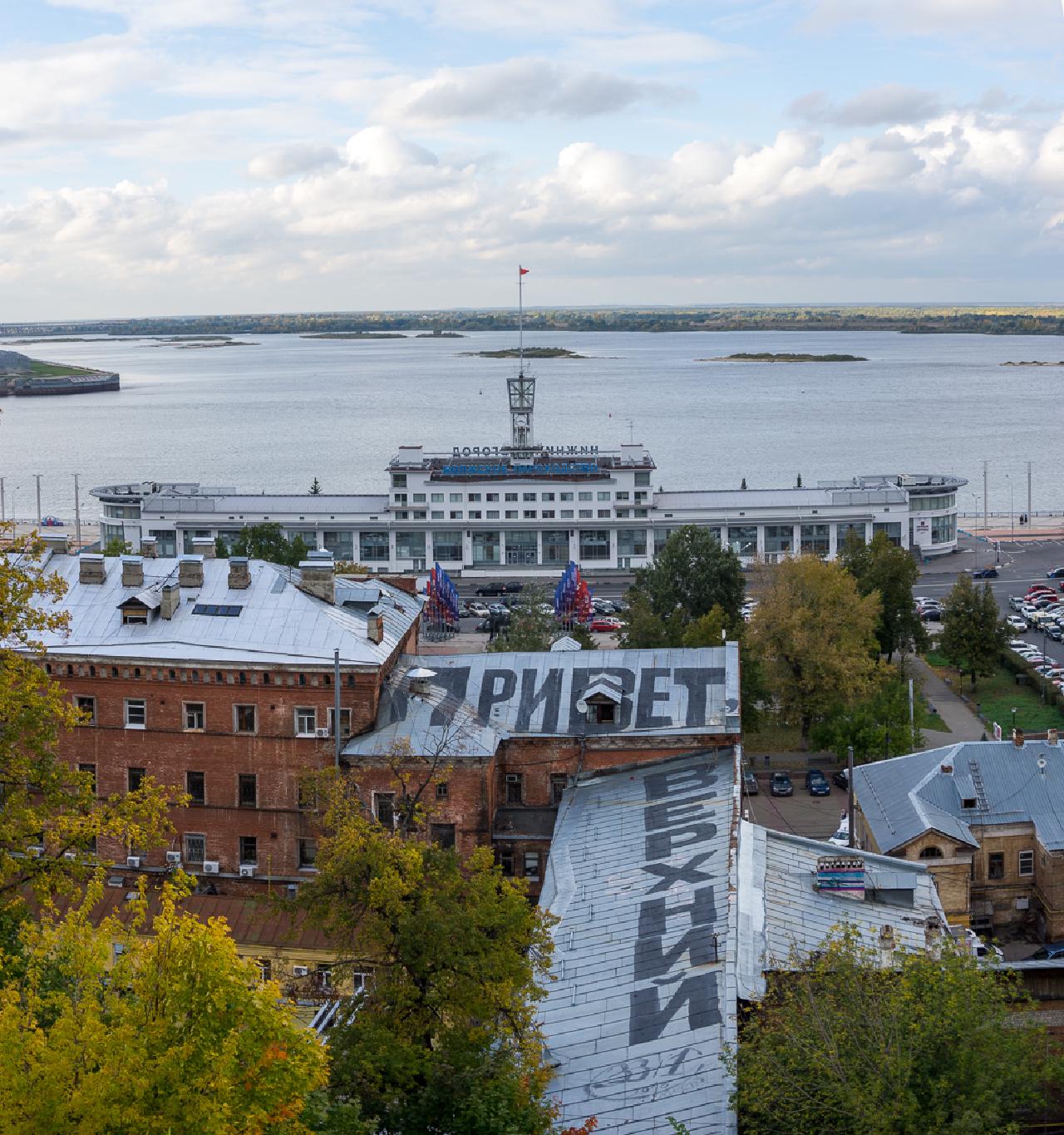
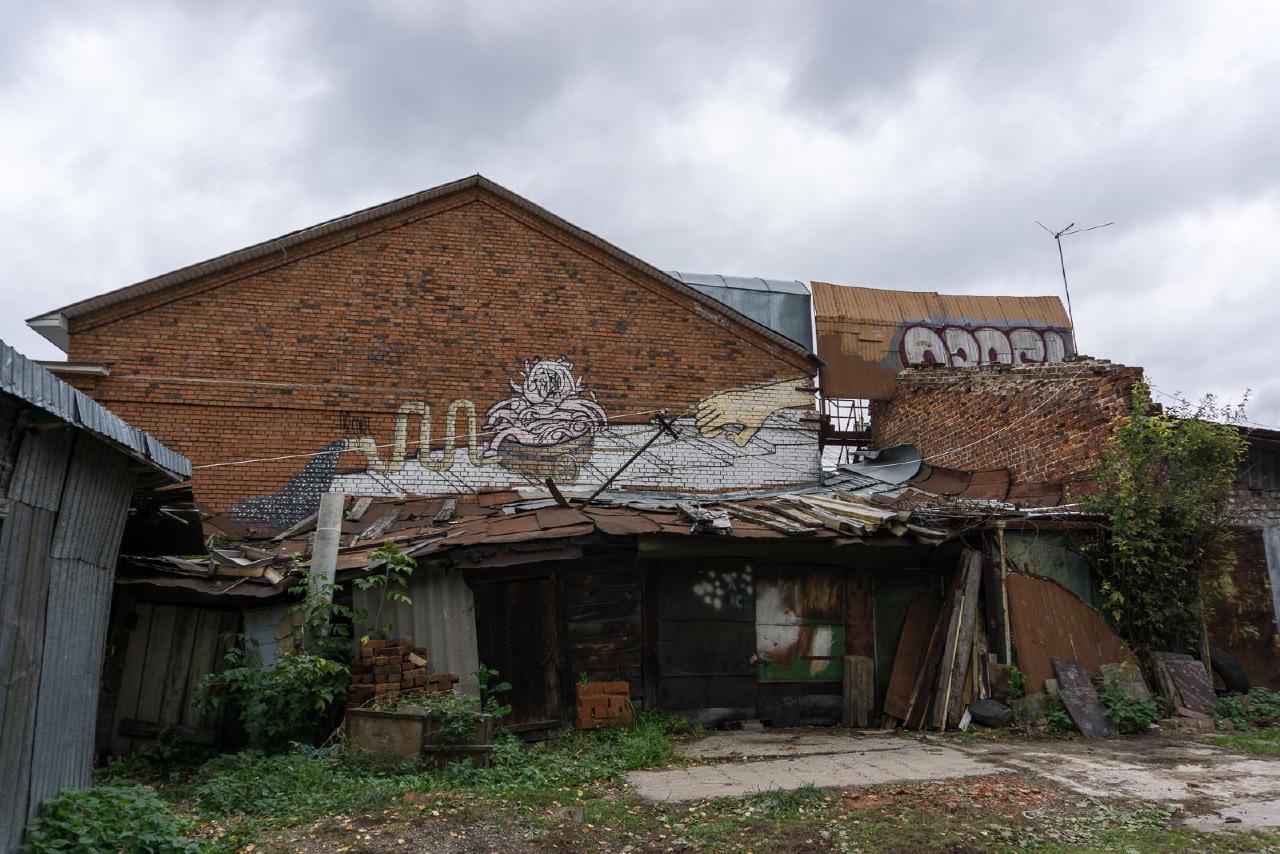

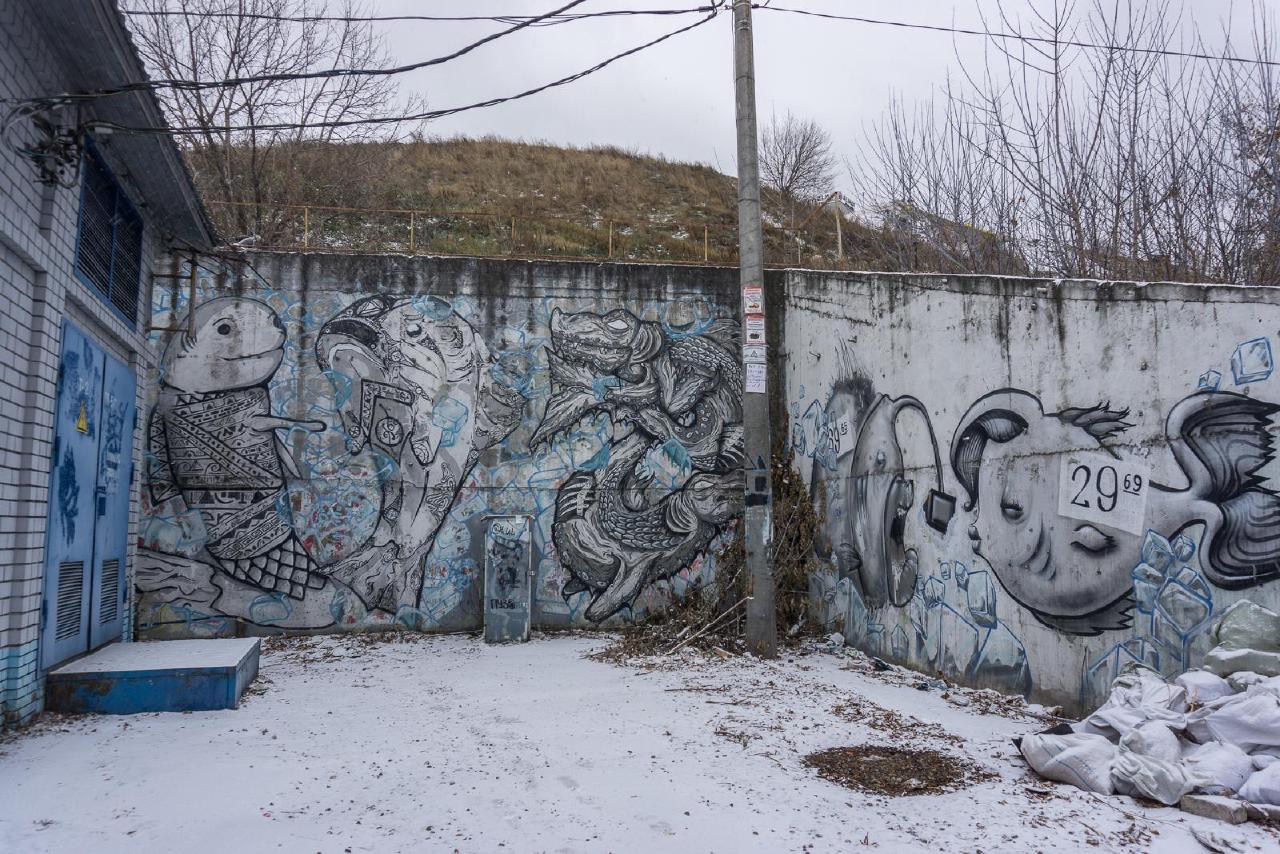
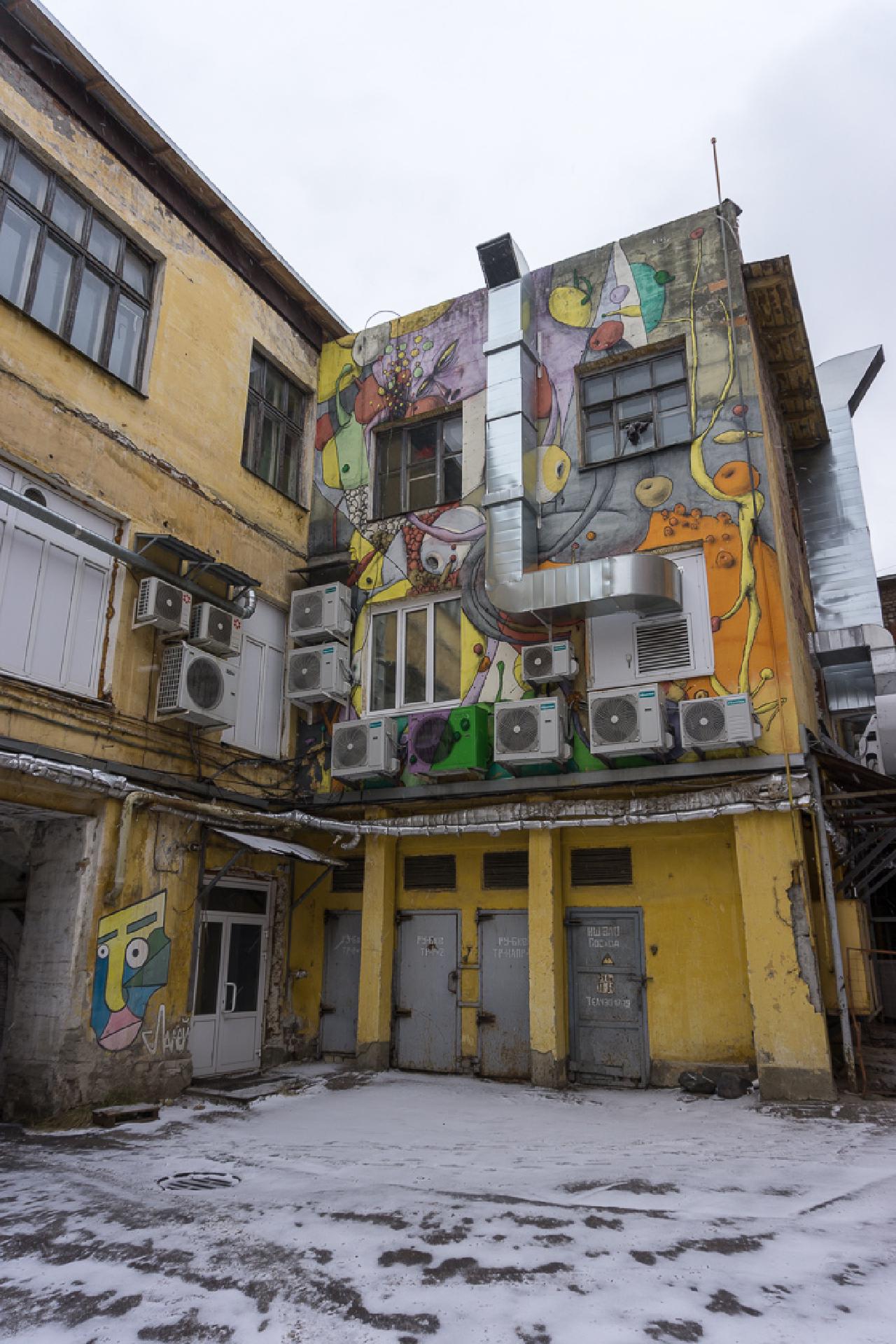
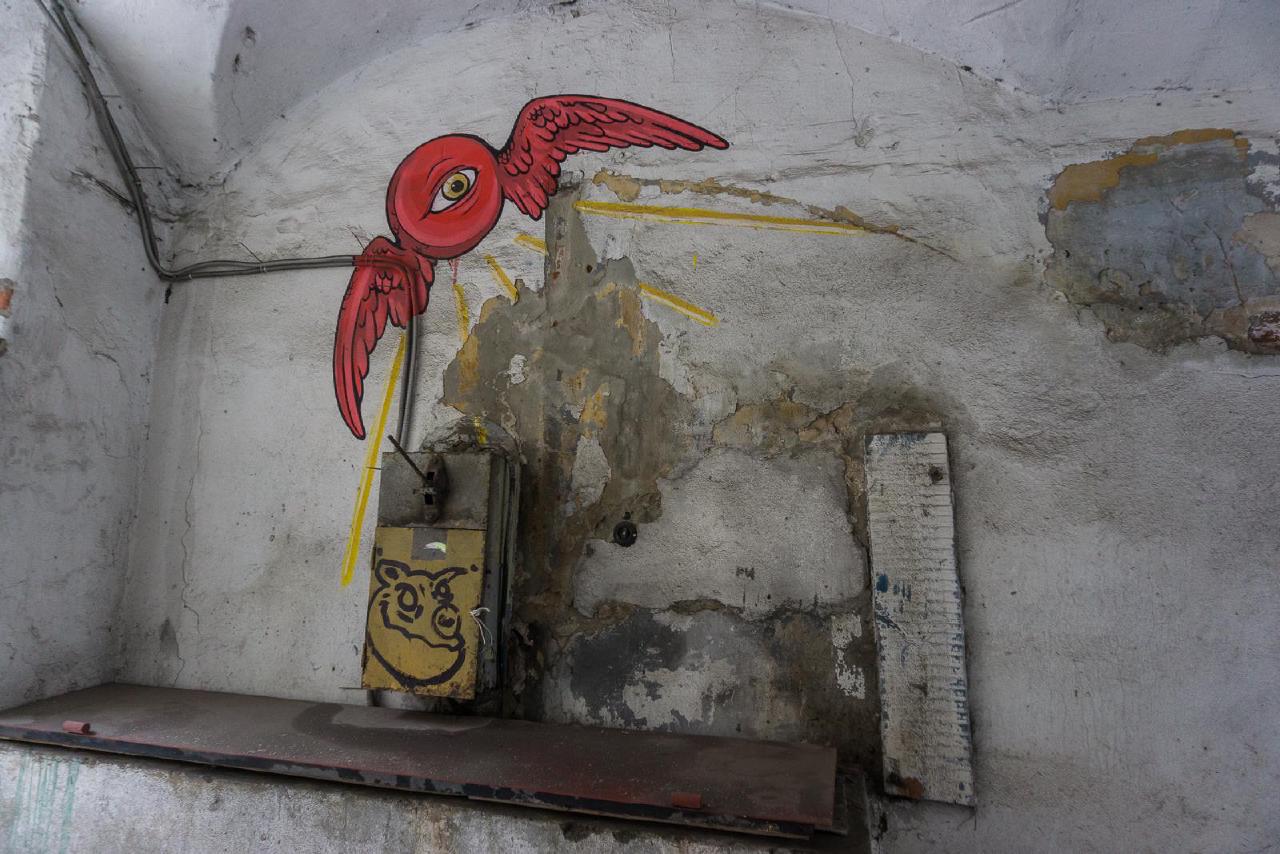
So if you find yourself in Nizhny — don’t just walk past. The city knows how to tell stories. You just have to stop and listen.

